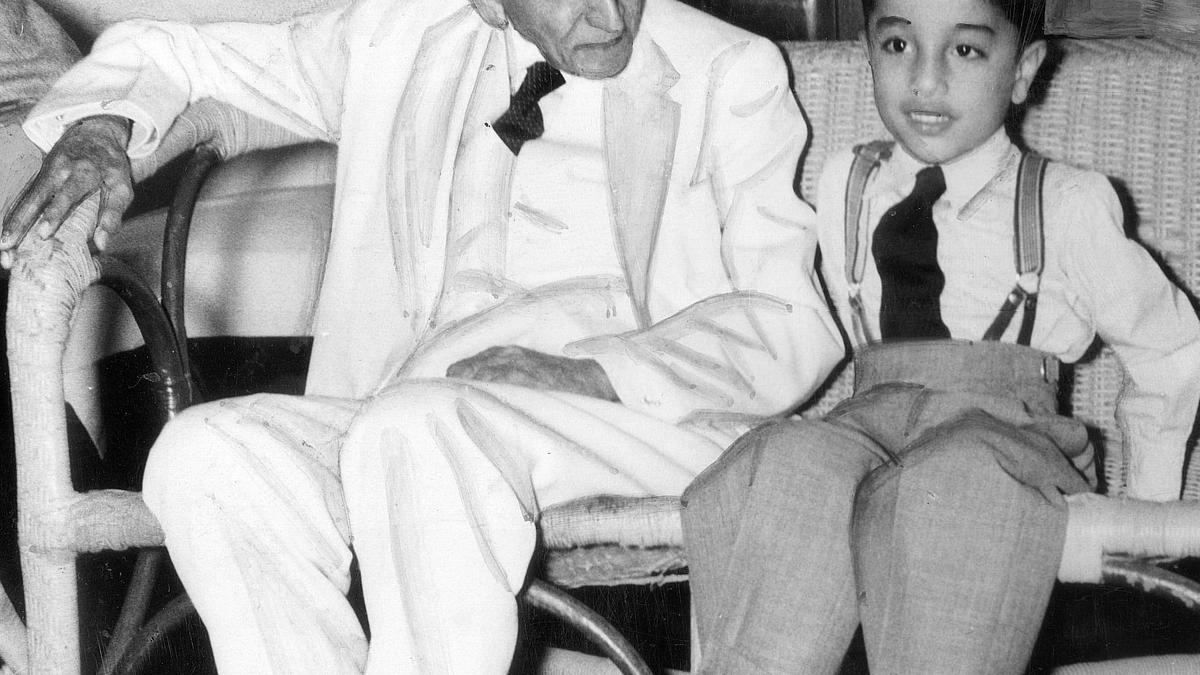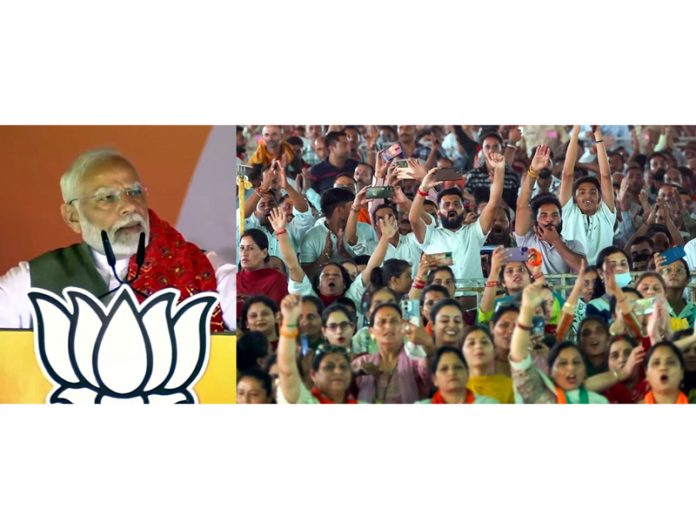
The year was 1909. Sir M. Visvesvaraya, who had been working in the Bombay Presidency, had finally agreed to return to his home turf at the invitation of the Dewan of Mysore V.
P. Madhava Rao and become the princely state’s Chief Engineer. “He wasn’t keen to take the job,” says Arun Pai, the co-founder of Bangalore Walks, who delivered a lecture on this eminent statesman and nation builder on September 15 to mark Engineer’s Day.

Visvesvaraya finally agreed, but he had a condition: the state should focus on industrialisation and also invest in technical education. “We have the most engineering colleges in this country today, probably in the world, but there was not a single one in 1909,” Pai recounts at the illustrated talk at The Bangalore Room, Indiranagar. Nehru talking to Dr.
Visvesvaraya, Engineer Par Excellence, as he arrived to address the delegates to the Golden Jubilee celebrations of the Indian Institute of Science, in Bangalore, on February 06, 1959.| Photo Credit:G_PARTHASARATHY Back in home state The Dewan seems to have accepted his condition, and Sir Visvesvaraya was back in his home state. Interestingly, that very same year, another significant development took place in the Mysore State.
The Indian Institute of Science (IISc) was set up in Bengaluru. Pai goes into why this city was chosen among several contenders, including Mumbai. According to him, Bengaluru had several things going for it, as outlined in a report written by Sir William Ramsay in 1900.
The Scottish chemist (he eventually won the Nobel Prize in 1904 for the discovery of noble gases) had been invited to India to study the proposal for the new research institute and make final recommendations, including his suggestion for where the institute should be established. Indian Institute of Science, Bangalore| Photo Credit:Aishwarya lakshmi He (Ramsay) offered three major reasons for why Bengaluru should be IISc’s home, says Pai. For starters, the city was not far away from the Shivanasamudra Falls where a hydroelectric power station was to come up; it had access to gold, thanks to the Kolar Gold fields some 100 km away; and most importantly, the Kingdom of Mysore was willing to give land for the project, which made it viable.
“Viability was everything, so IISc came to Bangalore in 1909,” says Pai, who thinks of it as an “incredible fate” that both the institute and Sir Visvesvaraya land up together at the same time and place. “Over the next 40 years, they’re going to work together and change everything,” he says, listing some of the key outputs of this long collaboration, including the government sandalwood oil factory, government soap factory, Mysore sugar company, among others. “Today, we talk about academics and manufacturing not collaborating enough.
How fortunate we were that IISc and Sir M.V. came to the city at the same time,” says Pai.
SIR M. VISVESVARAYA Humble origins Mokshagundam Visvesvaraya was born in Muddenahalli, a village 7 km from Karnataka’s Chikkaballapura, in the same year Mark Cubbon left India: 1861. He was born to a family that had been once been wealthy but whose fortunes had been considerably altered by the fall of Tipu Sultan in the 1799 Battle of Srirangapatna and its subsequent ramifications.
“After the war, Chikkaballapura was dissolved and absorbed into Mysore,” says Pai. The change in politics, he adds, resulted in the family losing their land and possessions, and by the time he (Sir Visvesvaraya) was born, they were deeply in debt and courting penury. “He was born in this very poor situation.
” This slight-built boy — so slender that a relative once remarked that he was unlikely to reach 30 — was brought up by his mother since “his father was spiritual and had no time for the son,” remarks Pai, showcasing an early picture of Sir Visvesvaraya outside his ancestral home, dressed in black with an immaculately-tied turban. He did his early schooling in nearby Chikkaballapura before moving to Bengaluru, where his maternal uncle, H. Ramaiah, lived.
To Bengaluru A few decades prior, there had been a dramatic change in the education system in India. “You had the famous Macaulay minute,” says Pai, referring to a key document formulated by the British historian and politician Thomas Babington Macaulay in 1835, which helped formulate the British educational policy in India. Therefore, like all Macaulay children of that era, Sir Visvesvaraya, who studied at the Wesleyan Mission High School in Bengaluru, received an English education, graduating at the top of his class in his matriculation examination.
Since he came first, this family realised that he had a future and needed to go to college, says Pai. That is how Sir Visvesvaraya found himself at Central College in Bengaluru, where he supported himself with tutoring and went on to graduate in 1881. The year saw another serendipitous event in Mysore’s history.
“Mysore came back to the Mysoreans,” points out Pai, referring to the Rendition Act of 1881, an instrument that restored the princely state of Mysore to its Wadiyar rulers. One of the many positive things that came out of this was the rollout of a scholarship that allowed the Mysore state’s best students to study outside the state. The scheme was the brainchild of C.
V. Rungacharlu, the first Dewan of Chamaraja Wadiyar X, who had ascended the throne. For Sir Visvesvaraya, who had wanted to become an engineer, this proved to be fortuitous.
He applied for the scholarship and got it, going on to study at the College of Science in Pune, the only engineering college in the country back then. “He spends two years in Pune, does what is called a diploma and becomes an engineer,” says Pai. Krishna Raja Sagar dam.
| Photo Credit:SRIRAM MA Spirit of the times While Sir Visvesvaraya’s achievements are certainly a result of his own grit, hard work and tenacity, his life was also clearly shaped by all that was happening around him globally and in the country. As Pai points out, he came of age around the time of the Second Industrial Revolution, the period between 1870 and 1914 marked by a series of path-breaking developments, including the invention of the telephone, the electrification of manufacturing methods, large-scale steel production and the immense expansion of the railways. “A lot of it flowed back to India in places like Calcutta, Madras, and Bangalore,” says Pai, who believes that the young Sir Visvesvaraya would have definitely had some exposure to these new technologies.
In 1884, after graduating first in his class, he joined the Bombay Presidency as an assistant engineer, an “incredibly prestigious” achievement for a young man from Mysore, a state that didn’t even have an engineering college. Over the next few decades, he would more than prove himself, over and over again, whether it was his setting up or an innovative collector well in Sukkur, coming up with a novel block irrigation system, solving Hyderabad’s flooding problem, or building an innovative automatic sluice gate Khadakwasla in Pune. “Essentially, before electricity came, finding out how to deal with water so that a reservoir can handle more capacity was a system that nobody else in the world had done,” says Pai, adding that Sir Visvesvaraya even took out a patent on this technology.
“He was ahead of his time at a global level.” The Iron and Steel Factory at Bhadravati founded by M. Visvesvaraya.
| Photo Credit:UNKNOWN Pai also delved into some of Sir Visvesvaraya’s major contributions to the princely state of Mysore in his roles as Chief Engineer and, later, Dewan of Mysore. Some of these include constructing the famed Krishna Raja Sagar dam, setting up of the Bhadravathi steel plant (which later became a PSU named after him) , helping establish the Mysore agriculture residential School at Hebbal in 1913 and appointing the Canadian entomologist and plant pathologist Leslie Coleman as its first director, expanding the state’s railway network, establishing the state’s first university and the setting up of an effective banking system in the state. Sir M.
Visvesvaraya with Chief Minister of Mysore State Kengal Hanumanthaiya and Vice-Chairman of the Planning Commission, V.T. Krishnamachari during a meeting in Mysore in on June 18, 1954.
| Photo Credit:THE HINDU ARCHIVES Ever curious Pai, in his talk, also alludes to Sir Visvesvaraya’ s multiple trips abroad, all self-sponsored, a testament to his desire to learn about new technologies being developed in other countries. Sir Visvesvaraya, who was awarded the Bharat Ratna in 1955, met with many key national leaders, including Mahatma Gandhi. Pai, referring to Gandhi and Sir Visvesvaraya as “people who were incredibly different ideologically,” showcased some of the letters exchanged between the two.
He also added that India’s most famous engineer, a stickler for punctuality, was always impeccably dressed and groomed, in his three-piece suit and Mysore Peta. Sir Visvesvaraya had big dreams for the city of Bengaluru, says Pai, towards the end of his talk. “He (Sir Visvesvaraya) said that we need a ring road for efficiency,” he adds, going on to talk about another “brilliant” suggestion that he made: constructing a walking park between Cubbon Park and Lal Bagh, an idea that sadly never did fructify.
Ubiquitous personality Luckily, the city has not forgotten his contributions — it has multiple academic institutions, a science museum, a road, and even a metro station named after him. “You will see his photograph in every government office you go to,” mentions Pai. Sir Visvesvaraya has even won a poll for being the most popular Kannadiga ever, he points out “He (Sir Visvesvaraya) had this famous saying: talk less, do more.
But I think with Sir M.V. we talk a lot, but we are not living up to what he is about.
” Published - September 18, 2024 09:00 am IST Copy link Email Facebook Twitter Telegram LinkedIn WhatsApp Reddit science (general) / research / science and technology.










